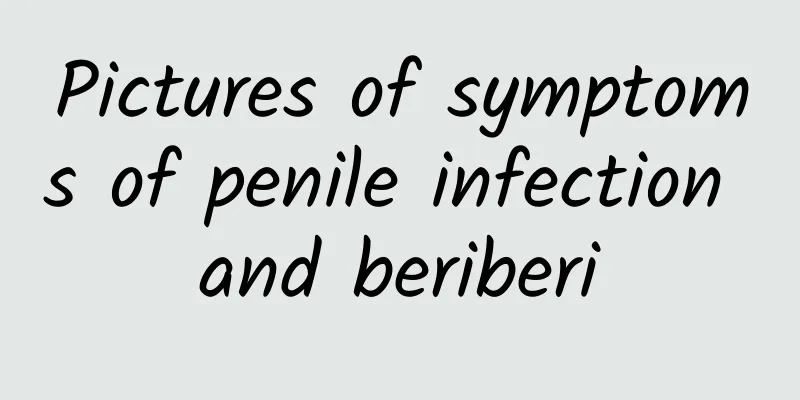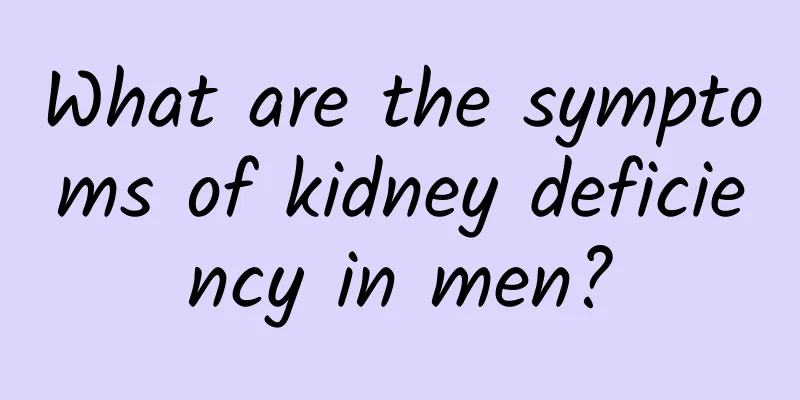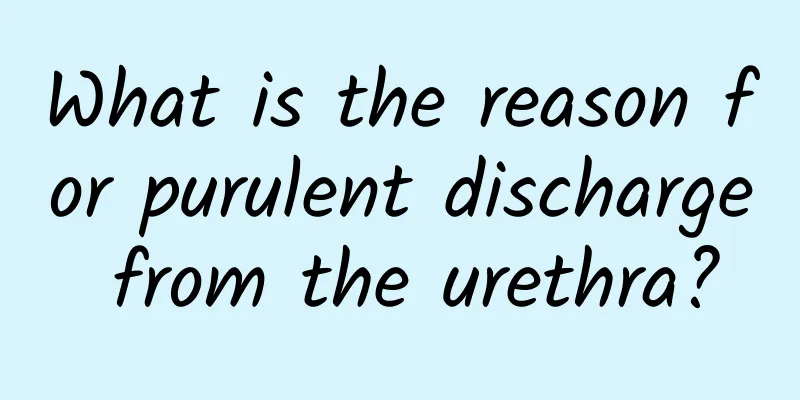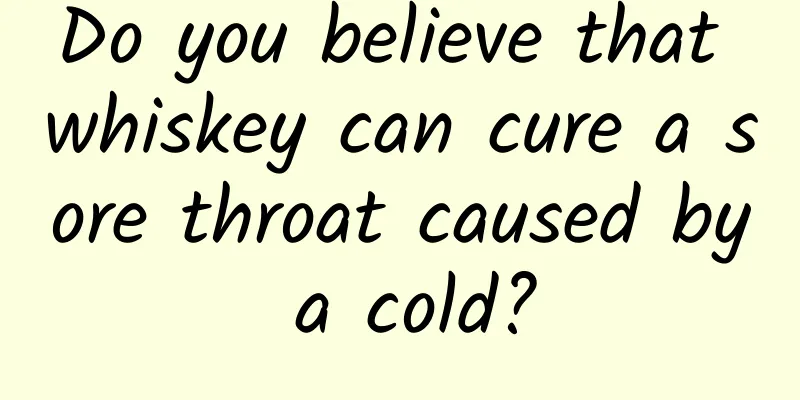What are the treatments for prostatitis?
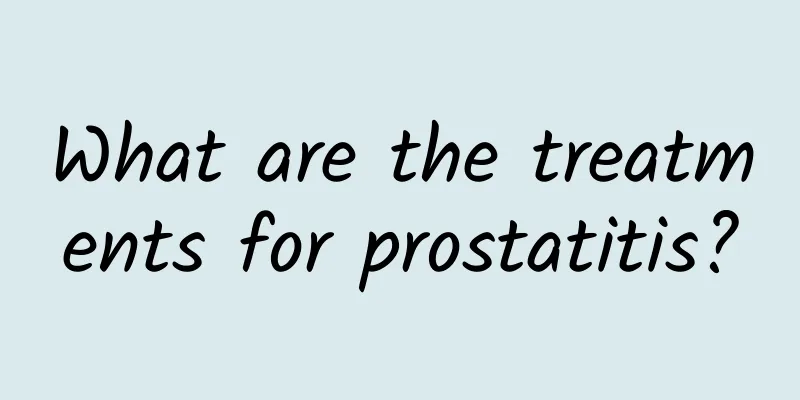
|
I believe everyone knows the importance of the prostate to men. If there is a problem with the prostate of a man, it will not only cause pain but also bring great psychological pressure to the man. In addition, prostate disease may also cause infertility symptoms in men. Prostatitis is a common disease of the prostate. Below we will introduce the treatment methods of prostatitis. 1. Antimicrobial therapy The discovery of pathogenic pathogens in prostatic fluid culture is the basis for selecting antibacterial drug treatment. If patients with non-bacterial prostatitis have signs of bacterial infection and general treatment is ineffective, they can also be appropriately treated with antibacterial drugs. When choosing antibacterial drugs, it is necessary to pay attention to the presence of a prostate-blood barrier composed of lipid membranes between the prostate acini and the microcirculation, which hinders the passage of water-soluble antibiotics and greatly reduces the therapeutic effect. When prostate stones are present, the stones can become a shelter for bacteria. The above factors constitute the difficulty in the treatment of chronic bacterial prostatitis, which requires a longer course of treatment and is prone to recurrence. Currently, quinolone drugs such as ofloxacin or levofloxacin are recommended. If ineffective, continue to use it for 8 weeks. If recurrence occurs and the bacterial species remains unchanged, switch to preventive doses to reduce acute attacks and relieve symptoms. If long-term use of antibiotics induces serious side effects, such as pseudomembranous colitis, diarrhea, and the growth of intestinal resistant strains, the treatment plan needs to be changed. Whether non-bacterial prostatitis is suitable for treatment with antibacterial drugs is still controversial in the clinic. Patients with "aseptic" prostatitis can also use drugs that are effective against bacteria and mycoplasmas, such as quinolones, SMZ-TMP or TMP alone, used in combination with tetracycline and quinolones or used intermittently. If antibiotic treatment is ineffective and it is confirmed to be aseptic prostatitis, antibiotic treatment should be discontinued. In addition, using a double balloon catheter to block the prostatic urethra and injecting antibiotic solution from the urethral cavity back into the prostatic duct can also achieve the purpose of treatment. Type I is mainly treated with broad-spectrum antibiotics, symptomatic treatment and supportive treatment. Type II is recommended to be treated with oral antibiotics, and sensitive drugs are selected. The course of treatment is 4-6 weeks, during which the patient should be evaluated for the efficacy. Type III can first take oral antibiotics for 2 to 4 weeks and then evaluate the efficacy. At the same time, non-steroidal anti-inflammatory drugs, α-receptor antagonists, M-receptor antagonists, etc. are used to improve urination symptoms and pain. Type IV does not require treatment. 2. Anti-inflammatory and analgesic drugs Nonsteroidal anti-inflammatory drugs can improve symptoms. Generally, indomethacin is taken orally or in suppositories. Chinese medicine also has certain effects in using anti-inflammatory, heat-clearing, detoxifying, and hardness-softening drugs. Allopurinol can reduce the concentration of uric acid in the whole body and prostatic fluid. Theoretically, as a free radical scavenger, it can also remove active oxygen components, reduce inflammation, and relieve pain. It is an optional auxiliary treatment method. 3. Physical therapy Prostate massage can empty the concentrated secretions in the prostate duct and drain the infection focus in the obstructed area of the gland. Therefore, for stubborn cases, prostate massage can be performed every 3 to 7 days while using antibiotics. A variety of physical factors are used for prostate physiotherapy, such as microwave, radio frequency, ultrashort wave, medium wave and hot water sitz bath, which are beneficial for relaxing the prostate, posterior urethral smooth muscle and pelvic floor muscle, enhancing antibacterial efficacy and relieving pain symptoms. In the above article, we introduced the importance of the prostate to male friends. We recommend that male friends should pay attention to protecting their prostate in daily life. Prostatitis is a common prostate disease. The above article introduces the treatment methods of prostatitis in detail. |
<<: Treatment methods for premature ejaculation caused by long-term masturbation
>>: Causes of male urethral inflammation
Recommend
Analysis of the causes of urinary pain and itching
Stinging and itching when urinating is definitely...
Can a man still ejaculate after a vasectomy?
Male sterilization is a common sterilization meth...
How long does it take to be considered premature ejaculation?
Premature ejaculation is relative. As the name su...
What causes pubic lice in men?
How is male pubic lice caused? Pubic lice are a t...
What should men check before marriage?
Nowadays, for the sake of their own health and to...
What's the matter with the protruding red spot on the glans?
Nowadays, more and more male friends are sufferin...
Will fitness make your penis bigger?
Fitness is a very good form of exercise, and ther...
How to exercise the penis smooth muscle?
Men are very concerned about their sexual ability...
What medicine is used for redness and swelling of the coronal groove
Redness and swelling in the coronal sulcus of the...
A must-read for good men: Things to note when your wife is having an abortion!
A wife's pregnancy is a good thing in itself,...
Do boys who are afraid of itching have kidney deficiency?
Kidney deficiency is not a "lonely body"...
What is the cause of right testicle ptosis?
The role of testicles in men is self-evident. If ...
Different colored sperm send different signals to the body
Before answering how many colors sperm has, we mu...
Men's Health: What are the dangers of hydrocele?
What are the hazards of hydrocele? Many people ar...
Three kinds of aphrodisiac wine for treating impotence
For the problem of impotence, it is best to treat...




